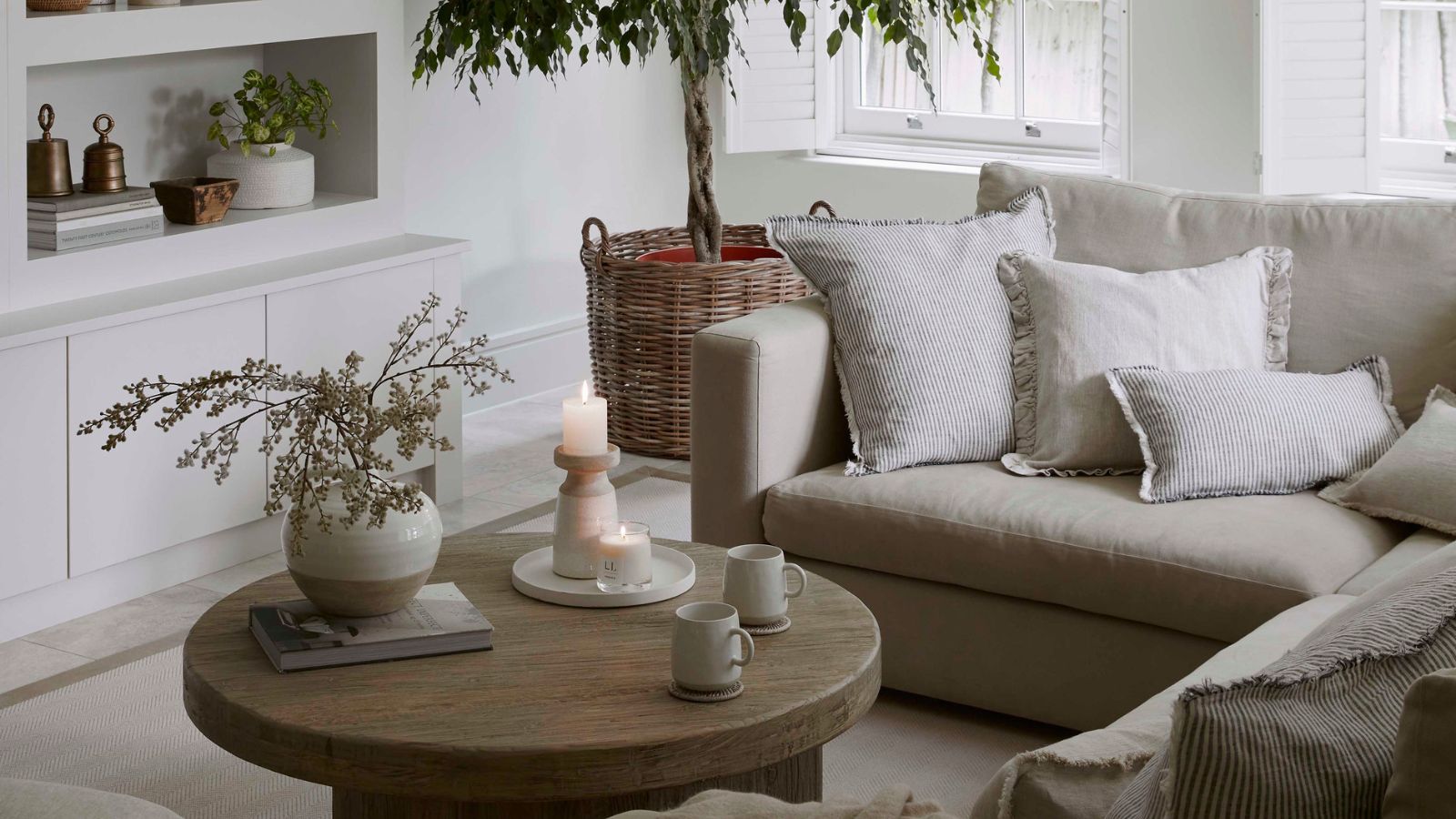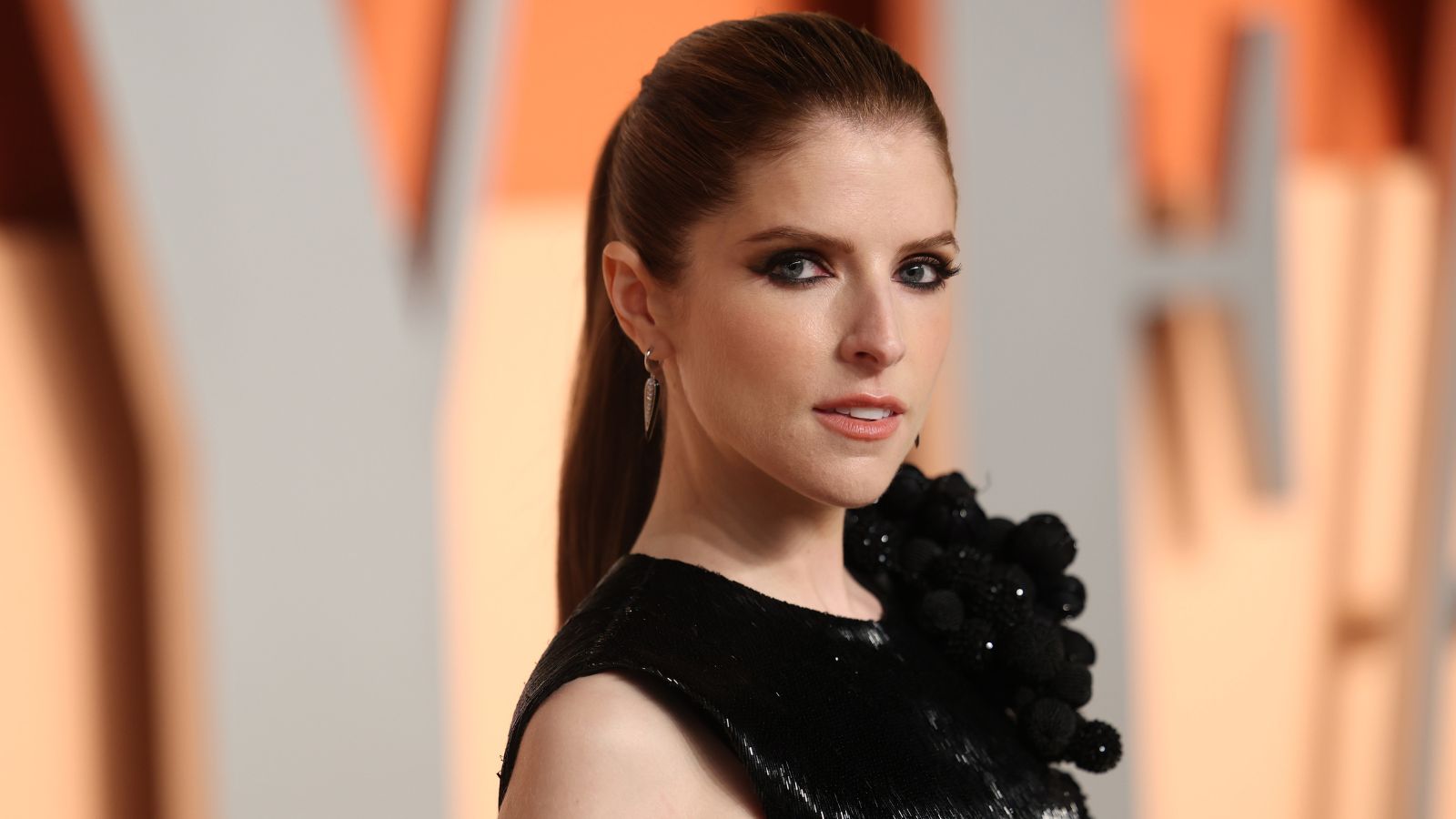The 'five stages' of clutter – and why they are important to avoid overwhelm
We all go through these five stages of clutter, and understanding them can help prevent us from feeling overwhelmed


Every home has some level of clutter, and even when we declutter, objects end up homeless and we bring more into our houses than we sometimes need. This can start out harmless enough, but can slowly progress into something more serious – passing through the five stages of clutter.
Luckily, understanding each of these five stages can help with decluttering and home organization, and prevent you from getting overwhelmed.
We spoke to some professional home organizers to learn more about the five stages of clutter, and how you can avoid taking this overwhelming trip through tidying every time you need to clear things out.
The five stages of clutter
Understanding these stages is one of the best ways to take your decluttering to the next level and avoid becoming bogged down by your own belongings.
1. Accumulation
Clutter has to come from somewhere. The first stage of clutter is the accumulation of things around your home that don’t fit into home storage, you don't use anymore, or gimmick items you brought home on a whim and never used, says Millie Hurst, Solved section editor for Homes & Gardens.
‘It is at this stage that you might not notice clutter sitting around your home. It might be mildly irritating when cleaning, but otherwise, it will just be a part of the background of your everyday life. Usually, at this stage, there won't be much urgency to declutter, but it is worth thinking about some solutions to cut back or reorganize to prevent progressing through the remaining four stages,’ she suggests.

Millie Hurst is Section Editor at Homes & Gardens, overseeing the Solved section, which provides readers with practical advice for their homes. Millie has written about and tried out countless cleaning and DIY hacks in the six years since she became a journalist, and has worked in both London and New York.
2. Disorganization
The next stage is when items become disorganized, making it challenging to locate what you need,’ Megan McGovern, professional organizer and founder of SORT by Megan, continues. At this stage, you will begin to notice some of the signs it’s time to declutter your home, such as not being able to find things easily, or clutter getting in the way of completing everyday activities easily.
At this point, it is important to ‘create tailored storage solutions that are both functional and visually appealing,’ she suggests. ‘We believe that a well-organized space not only enhances efficiency but also contributes to a sense of peace and well-being.’
All-in-One Declutter Planner | $3.92 at Etsy
This printable decluttering planner is all you need to help tackle your home's mess without missing a step. It is perfect for both keeping on top of your belongings and starting off on your first big clearout.

Megan has always loved to organize. She developed SORT, and organizing method founded on the principals of Simple, Organized, Repeatable, and Tidy.
3. Overwhelm
Decluttering your home when you feel overwhelmed can feel like an uphill battle, but is inevitable if you continue to accumulate clutter without tackling the existing problem, says Ian Cushing, professional clever and founder of Because We Care Cleaning.
‘At stage three, the clutter becomes noticeable, affecting daily activities and causing stress. You need to dedicate time for a thorough decluttering, possibly over a weekend, and consider seeking professional help, or even encouraging family to declutter with you to take some of the pressure off.’
4. Chaos
When feelings of being overwhelmed transform into constant anxiety and even an inability to function at home, chaos sets in, Megan McGovern, a professional organizer tells us:
‘In the chaos stage, clutter can become a major source of stress and anxiety. To tackle this stage effectively, we encourage clients to periodically declutter and tidy their spaces with help, doing little and often.
‘This means assessing the necessity of items, deciding what to declutter, and parting with what is no longer needed. Our 'Tidy' principle focuses on maintaining an orderly environment with regular tidying sessions.’
5. Transformation
The final stage of clutter is one of the most positive, and is the final transformation out of the chaotic step and back to practicality, assures Karina Toner, cleaning expert and operations manager at Spekless Cleaning.
‘Once clutter is under control, it's essential to maintain this state,’ she says. ‘Develop a routine and establish the difference between tidying and organizing to prevent clutter from reoccurring.
'This all provides a sense of liberation,’ Karina says. ‘You'll experience reduced stress, a clearer mind, and a more inviting home’

Karina is the Operations Manager at Spekless Cleaning, a trusted maid service based in Washington D.C. The team has over five years of experience providing top-quality cleaning services for both residential and commercial clients. Karina oversees every aspect of the business, ensuring that every client gets the same top-notch service and a spotless clean every time.
FAQs
What are the five stages of hoarding?
Usually, hoarding follows five steps – general clutter, progressing into disorganization and overwhelm, deteriorating hygiene, obsessive behavior making it impossible to get rid of items, and then severe unsanitary conditions. It is important to reach out for help when you start to become overwhelmed to avoid progressing through the more dangerous stages of hoarding.
Starting on your decluttering journey when you first notice disorganization in your life or asking for help from a professional or friends and family when you begin to feel overwhelmed, will help to prevent chaos from taking over your home. Stepping in early to tackle clutter or putting rules in place to stop bringing more things into your space is a great way to skip stages two, three, and four, and live a more peaceful life in stages one and five.
Sign up to the Homes & Gardens newsletter
Design expertise in your inbox – from inspiring decorating ideas and beautiful celebrity homes to practical gardening advice and shopping round-ups.

Chiana has been at Homes & Gardens for two years and is our resident 'queen' of non-toxic living. She spends most of her time producing content for the Solved section of the website, helping readers get the most out of their homes through clever decluttering, cleaning, and tidying tips. She was named one of Fixr's top home improvement journalists in 2024.
-
 Anna Kendrick's favorite coffee maker is the first machine to make iced beverages that are 'just as cold as a coffee shop' – it's currently under $200
Anna Kendrick's favorite coffee maker is the first machine to make iced beverages that are 'just as cold as a coffee shop' – it's currently under $200The actress uses this smart machine to make perfect mocha frappes straight out of her kitchen – it's a summer 2025 must-have
By Hannah Ziegler
-
 Put your 'purgatory place' and 'dust detective' in play – 6 expert tricks professional organizers use to effortlessly edit down belongings
Put your 'purgatory place' and 'dust detective' in play – 6 expert tricks professional organizers use to effortlessly edit down belongingsStress-free streamlining is entirely within sight
By Andy van Terheyden
